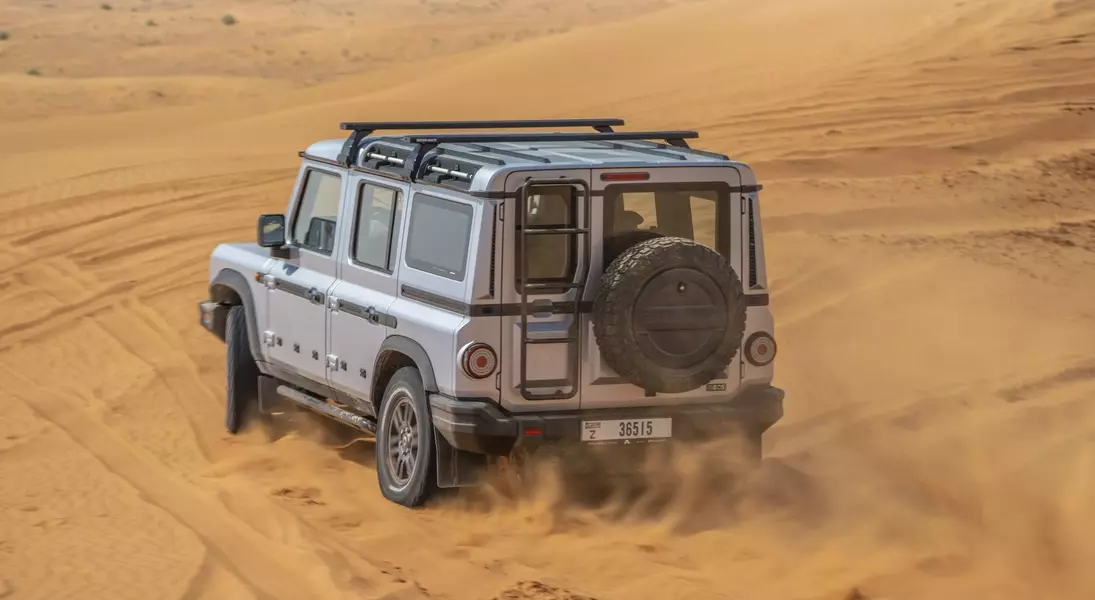
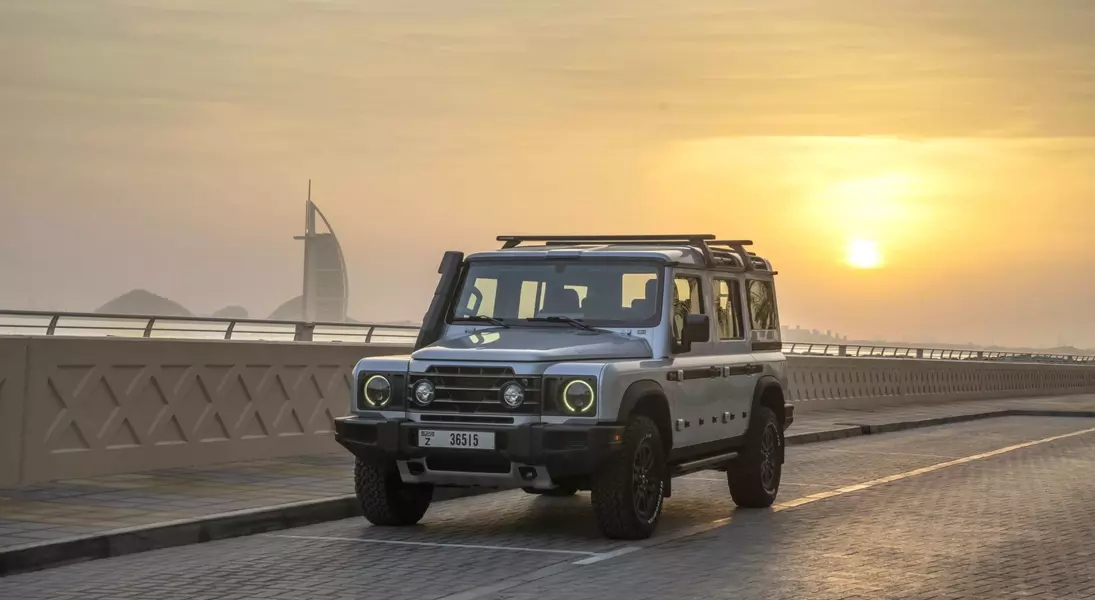
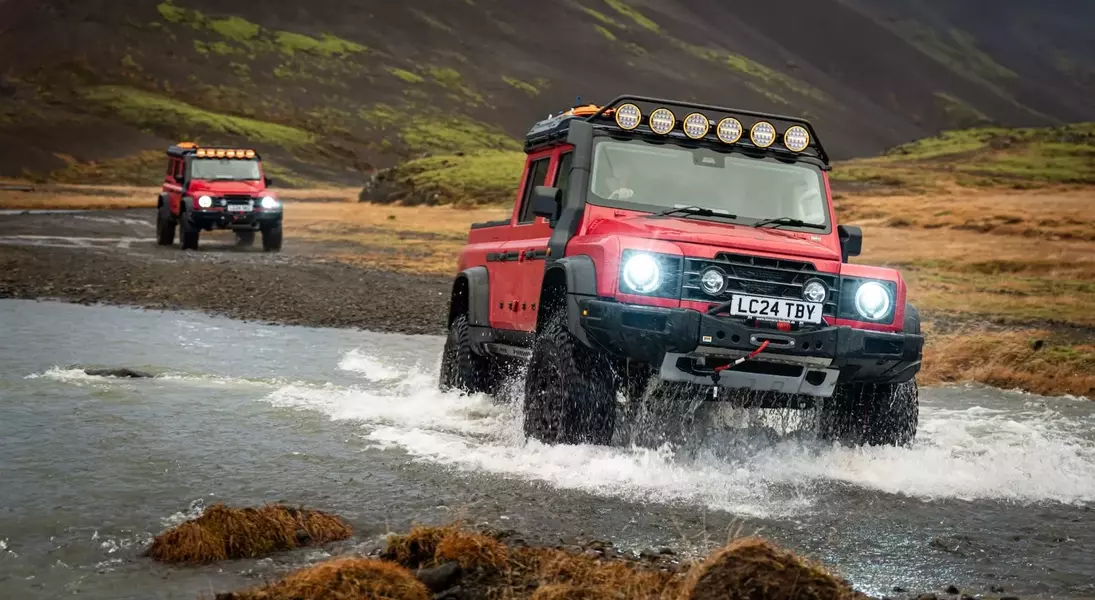
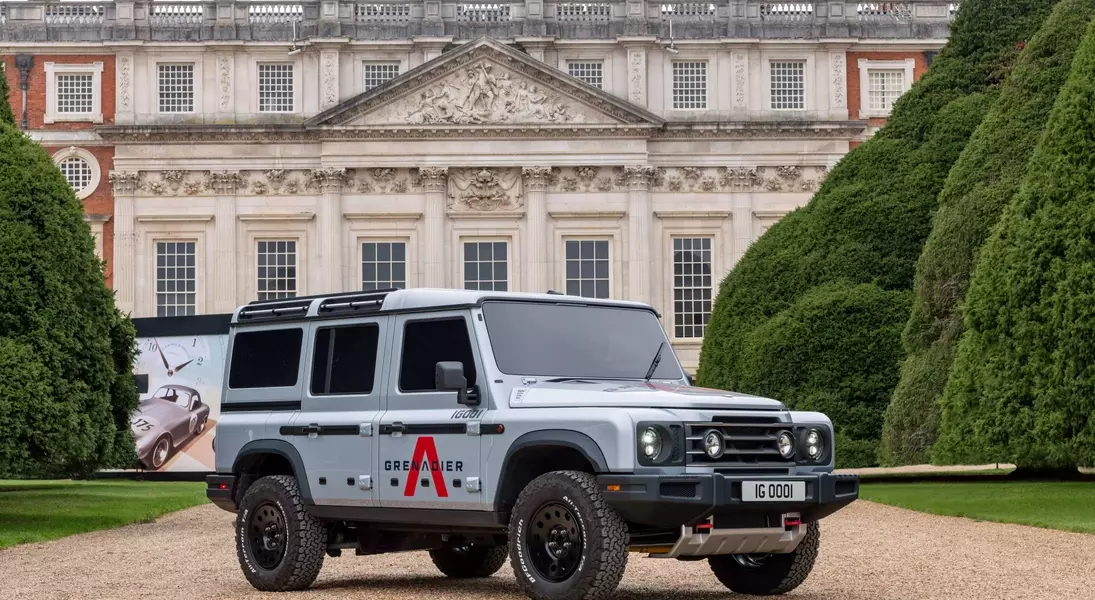
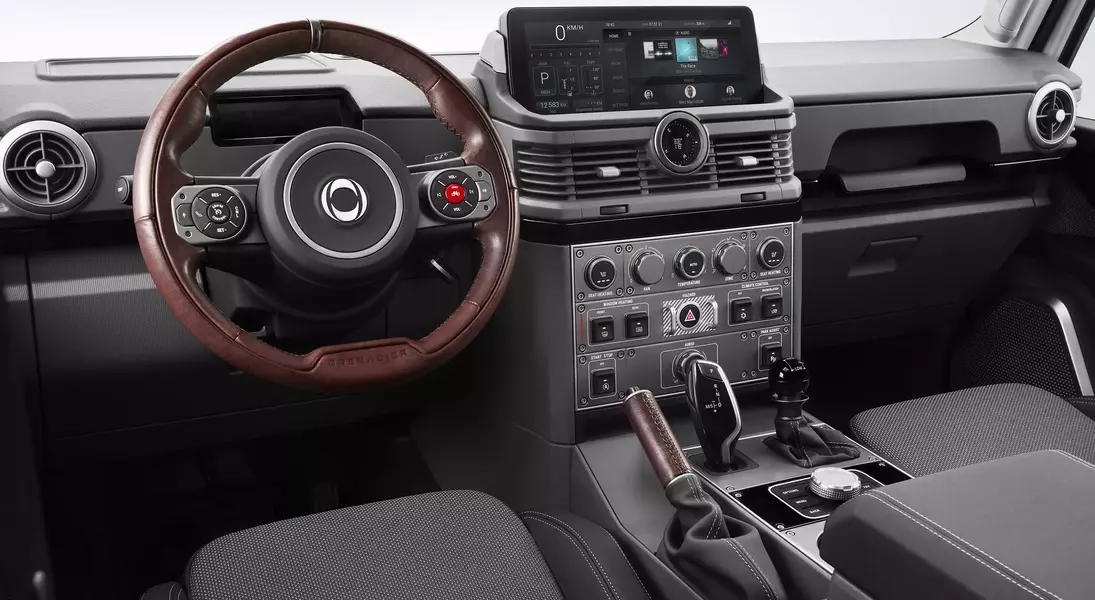


Navigating Rough Terrain: The Future of Ineos Automotive
The Enduring Appeal and Market Challenges of Rugged Trucks
In the contemporary automotive landscape, vehicles that evoke a sense of nostalgia with their retro aesthetics and formidable off-road capabilities, like those offered by Ineos, possess a distinct charm. However, despite their attractive design and the integration of sophisticated powertrains from manufacturers like BMW, companies specializing in such niche markets often encounter significant hurdles. Ineos, established in 2017 with a vision to fill a perceived gap for utilitarian 4x4s, exemplifies this struggle. The question remains whether the market demand for such specialized vehicles is robust enough to sustain significant growth and profitability.
Financial Pressures and Organizational Restructuring at Ineos
The company is currently undergoing significant restructuring, highlighted by the announcement of several hundred job displacements across its London, German, and French facilities. This strategic reduction in workforce follows two consecutive years of considerable financial deficits, despite an reported 40% increase in sales during the previous year. While production staff in France are said to be unaffected, the broader impact of these cuts underscores the severe financial strain Ineos is experiencing. The lack of public global sales figures adds to the ambiguity surrounding its market performance.
Ineos's Vision: Crafting Reliable and Durable Off-Roaders
Ineos introduced its Grenadier SUV in 2022, a vehicle reportedly conceived from the chairman's desire for a robust successor to the Land Rover Defender. The Grenadier was engineered with a primary focus on exceptional reliability, enduring durability, and extreme ruggedness. Leveraging BMW's engine technology, Ineos commenced manufacturing in France, aiming for an annual production capacity of 25,000 units. The subsequent launch of the Grenadier Quartermaster pickup version for the 2025 model year further solidified Ineos's commitment to providing vehicles equipped with advanced off-road features, including multiple differentials and specialized tires, designed for the most demanding environments.
Profitability: A Seemingly Elusive Goal for Ineos
Despite the undeniable appeal of its products, Ineos has yet to achieve widespread market penetration. While the initial production targets were modest, achieving even a moderate level of market success has proven challenging. Recent reports indicate that the company sold approximately 233 vehicles in the first ten months of the year, excluding commercial sales. Although the United States is cited as the Grenadier's largest market, accounting for about 60% of sales, stringent new tariffs have significantly inflated the vehicle's price, placing it closer to a six-figure cost. This pricing structure substantially impacts accessibility and affordability, complicating its path to broader adoption.
The Unique Value Proposition of Ineos Vehicles
The current automotive market shows a strong inclination towards retro off-road vehicles, a trend evidenced by the popularity of models such as the current Defender, Ford Bronco, and Jeep Wrangler. Ineos's offerings distinguish themselves with a BMW-sourced powertrain that delivers a level of refinement unparalleled by its competitors. The Grenadier twins, with their body-on-frame construction, solid axles, triple lockers, and hydraulically assisted recirculating ball steering, are lauded for their authenticity and analog driving experience, catering to a segment of consumers who prioritize genuine adventure and mechanical integrity.
Looking Ahead: Ineos's Strategic Adaptations and Future Prospects
Despite its current challenges, Ineos remains a contender in the automotive sector. The company has explored various strategic directions, including plans for electrification and the possibility of rebadging a compact Chinese off-roader, the iCaur V27, as the Fusilier, an extended-range electric vehicle. While a move towards electrification might represent a considerable shift from its core philosophy of simplicity, it reflects a pragmatic response to evolving regulatory landscapes, such as the European Union's impending ban on internal combustion engine vehicles by 2035. As CEO Lynn Calder aptly noted, the company's limited scale necessitates careful product development to ensure market viability and avoid unsustainable investments.
